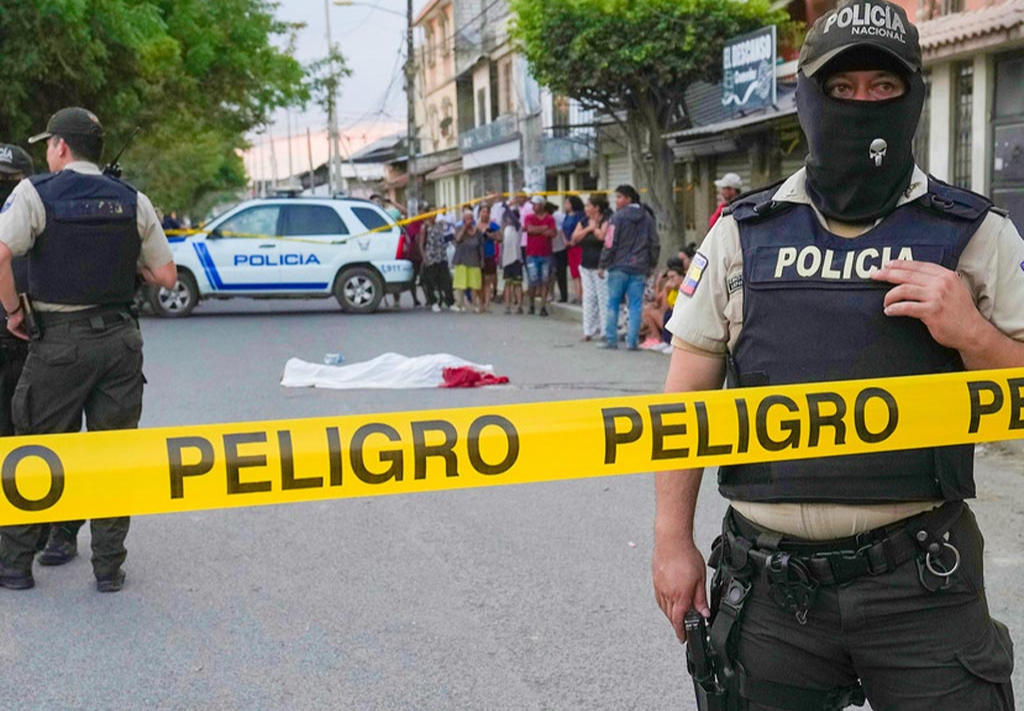
The increase in hostilities and the continued presence of organized armed groups was the argument used by the president to invoke this provision for the fourth time since last January.
by María Josefina Arce
Ecuador is trapped in violence, and President Daniel Noboa continues to add one state of emergency to another, without achieving the results that society expects at the moment.
The increase in hostilities and the continued presence of organized armed groups was the argument used by the president to invoke this provision for the fourth time since last January.
The extraordinary measure will be in force for 60 days in the provinces of Guayas, Los Rios, El Oro, Manabi, Santa Elena and Orellana, which were already part of the previous state of emergency declared by Noboa and which has been in force for three months.
But now Quito, the capital, is also included in this provision, which provides for the suspension of some constitutional rights, such as the inviolability of the home and freedom of assembly, while imposing a curfew in some cantons of these provinces.
According to the decree, almost 4,000 murders were registered in the regions declared to be under a state of emergency between January and September last year.
According to experts, it is clear that the government has no other strategy or plan to deal with the problem of violence that is ravaging Ecuadorian territory.
Indeed, a survey by Informe Confidencial shows that six out of ten Ecuadorians believe that the country is worse off than it was a year ago.
The reality is that the declaration of a state of emergency has become a recurrent measure, and has gone from being exceptional to normal, without any other measures being taken to get to the root of the problem. Ecuadorians are demanding more action from the government led by Noboa, as violence continues in the streets despite the presence of the armed forces and the permanent state of emergency.

